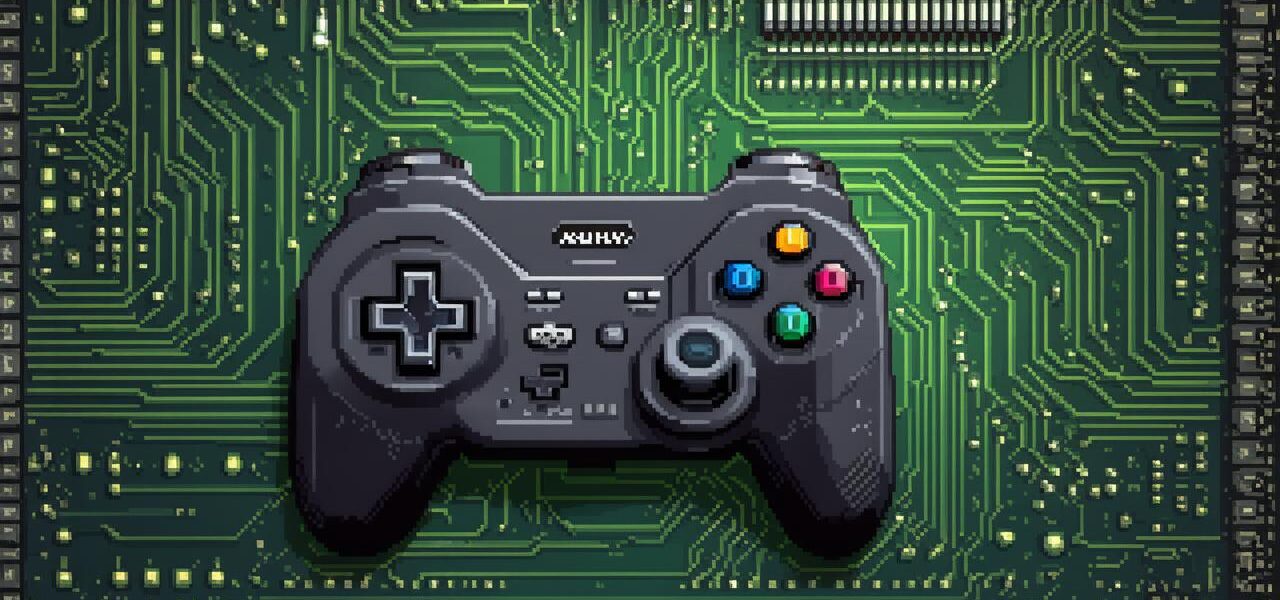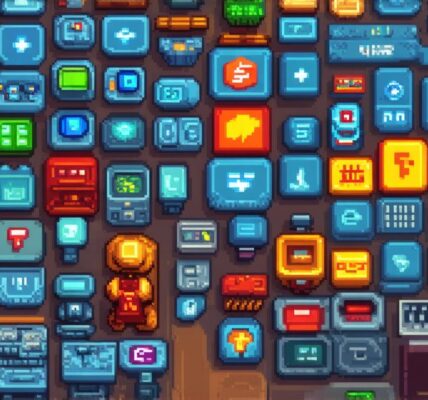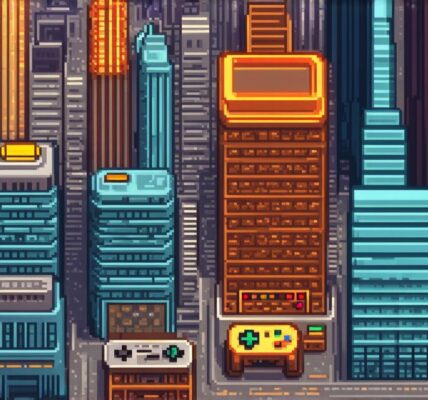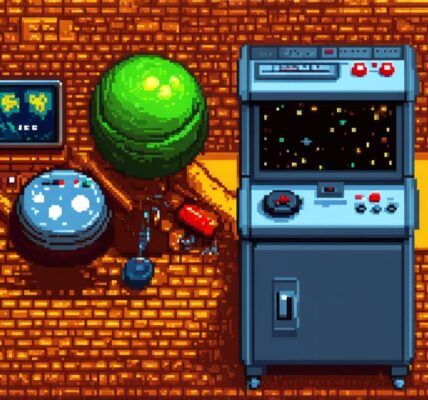Introduction
If you have always been fascinated by video games and want to create your own, then you’ve come to the right place. In this comprehensive guide, we will walk you through the steps of creating a video game from scratch. We will cover everything from conceptualization to development, testing, and publishing. This guide is written for video game developers who have little to no experience in game development. So, buckle up and let’s get started!
Conceptualization: The First Step
The first step in creating a video game is conceptualization. This involves brainstorming ideas, defining the scope of your game, and creating a game design document (GDD). Here are some tips to help you with this stage:
- Start by brainstorming ideas. Think about what types of games you enjoy playing and try to come up with a unique twist on those concepts.
- Define the scope of your game. What is it that you want to achieve with your game? Is it a single-player or multiplayer game? What platforms will it be released on? Answering these questions early on will help you stay focused and avoid scope creep.
- Create a game design document (GDD). This is a document that outlines the details of your game, including the concept, gameplay mechanics, characters, levels, and more. It serves as a roadmap for the development process and helps keep everyone on the same page.
Development: Bringing Your Game to Life
Once you have a clear idea of what you want your game to be, it’s time to start developing it. Here are some key steps to follow during this stage:
- Choose a game engine. A game engine is the software that you will use to create your game. There are many different game engines available, each with its own strengths and weaknesses. Some popular game engines include Unity, Unreal Engine, and GameMaker.
- Create assets. Assets include everything in your game, such as characters, backgrounds, sounds, and animations. You can create these assets yourself or outsource the work to a freelancer or studio.
- Write code. Writing code is an essential part of game development. It involves creating the logic that controls the game’s behavior, such as movement, collision detection, and AI.
- Test your game. Testing is an ongoing process throughout development. You should test your game regularly to ensure that it’s running smoothly and fix any bugs that you find.
Publishing: Releasing Your Game to the World
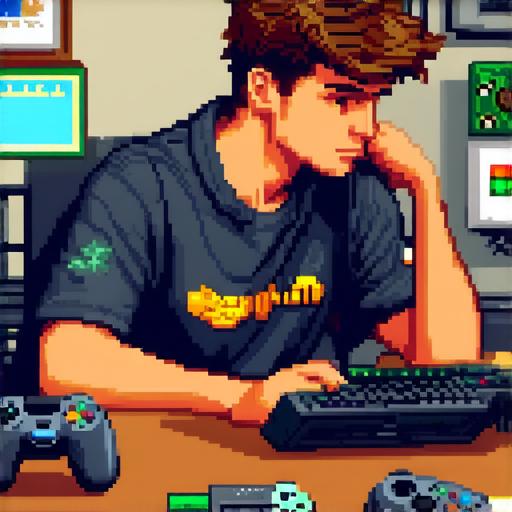
Once your game is complete, it’s time to publish it so that the world can play it. Here are some steps to follow during this stage:
- Choose a platform. Decide which platforms you want to release your game on. This could include PC, consoles, mobile devices, or all of the above.
- Submit your game to the appropriate stores. Each platform has its own store where you can submit your game for sale. For example, if you’re releasing your game on the App Store, you would need to submit it to Apple.
- Promote your game. Once your game is live, you’ll want to promote it to attract players. This could involve creating a website, social media accounts, and advertising on other platforms.
FAQs
1. What skills do I need to make a video game?
To make a video game, you will need skills in game design, programming, art, and sound. You can either learn these skills yourself or outsource the work to a freelancer or studio.
2. How long does it take to make a video game?
The amount of time it takes to make a video game depends on many factors, such as the complexity of the game, the size of the team, and the resources available. Some games can be completed in a few months, while others can take years.
3. Can I make money from making video games?
Yes, you can make money from making video games by selling them on various platforms or offering them as a service. However, it’s important to note that the game market is highly competitive, and success is not guaranteed.
Conclusion
Creating a video game can be a rewarding and challenging experience. With the right tools, skills, and resources, anyone can make a game that they and others can enjoy.
